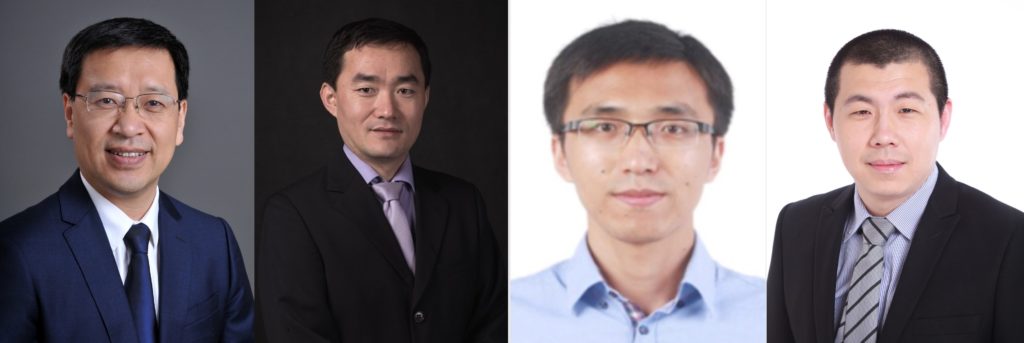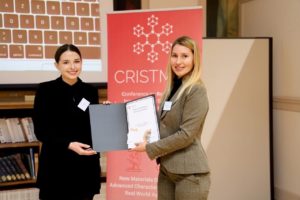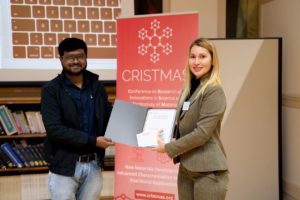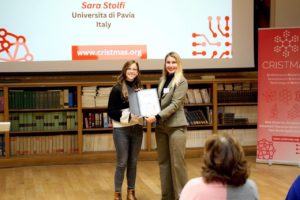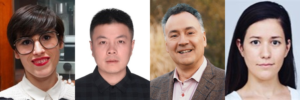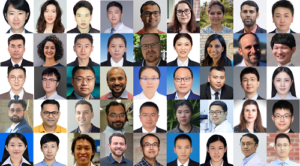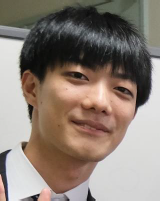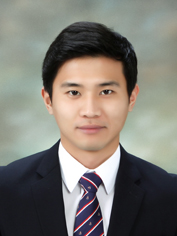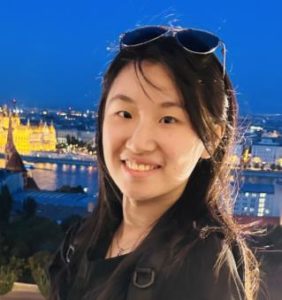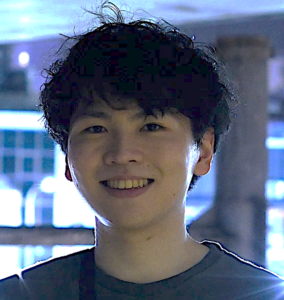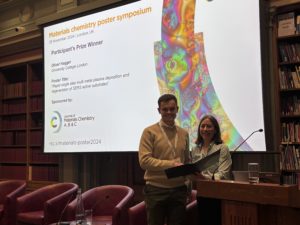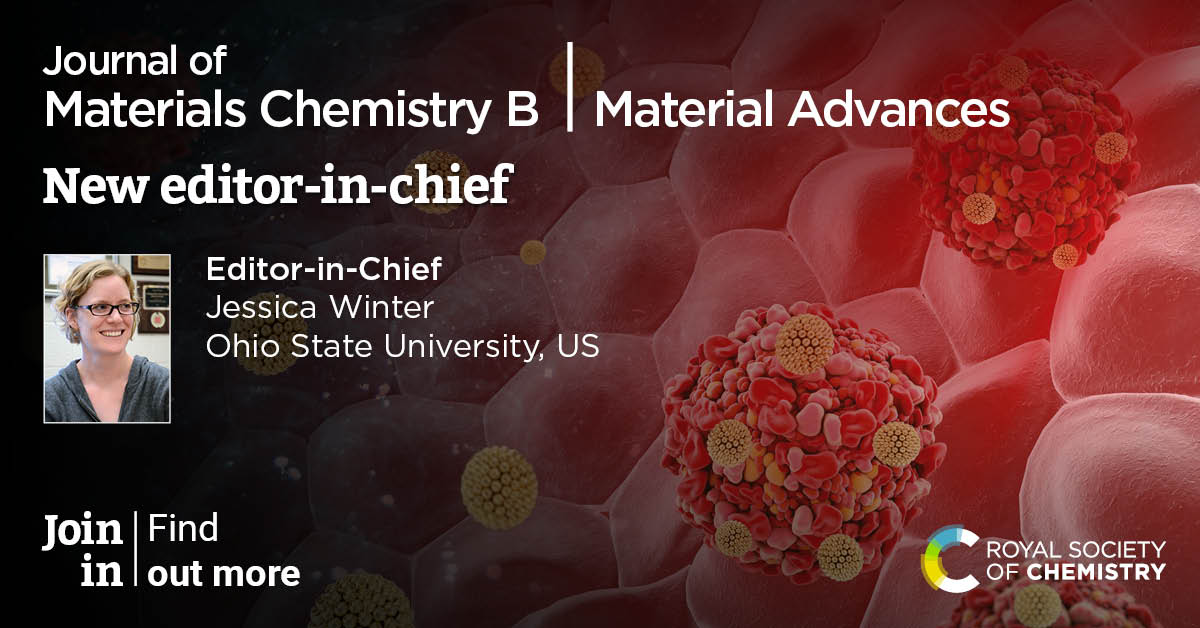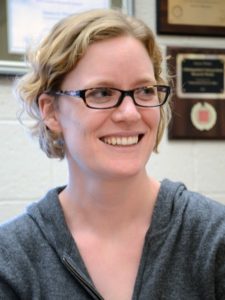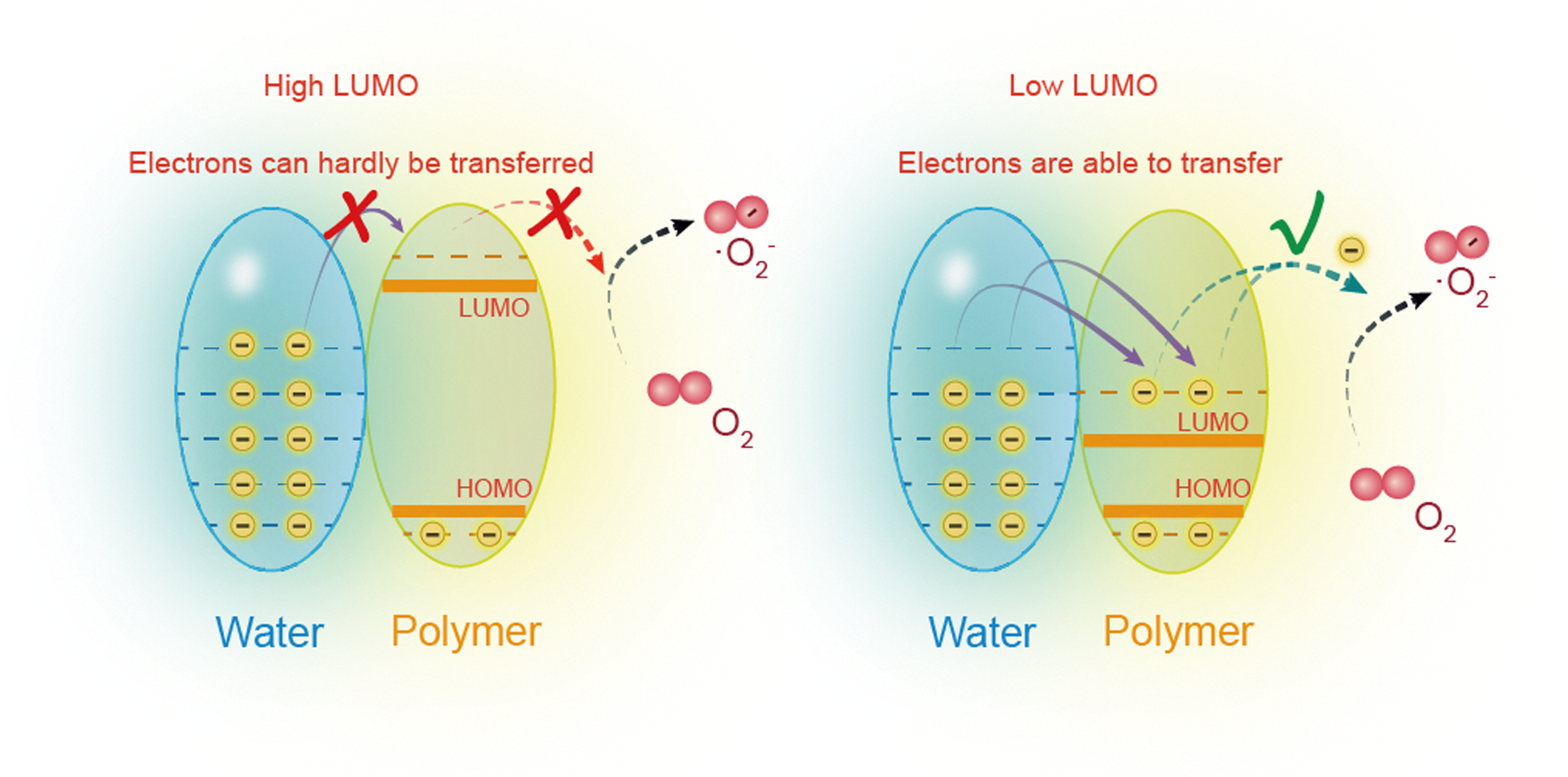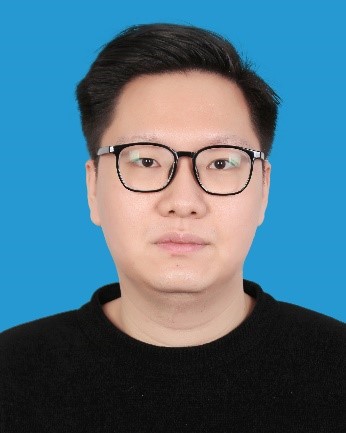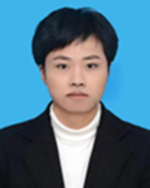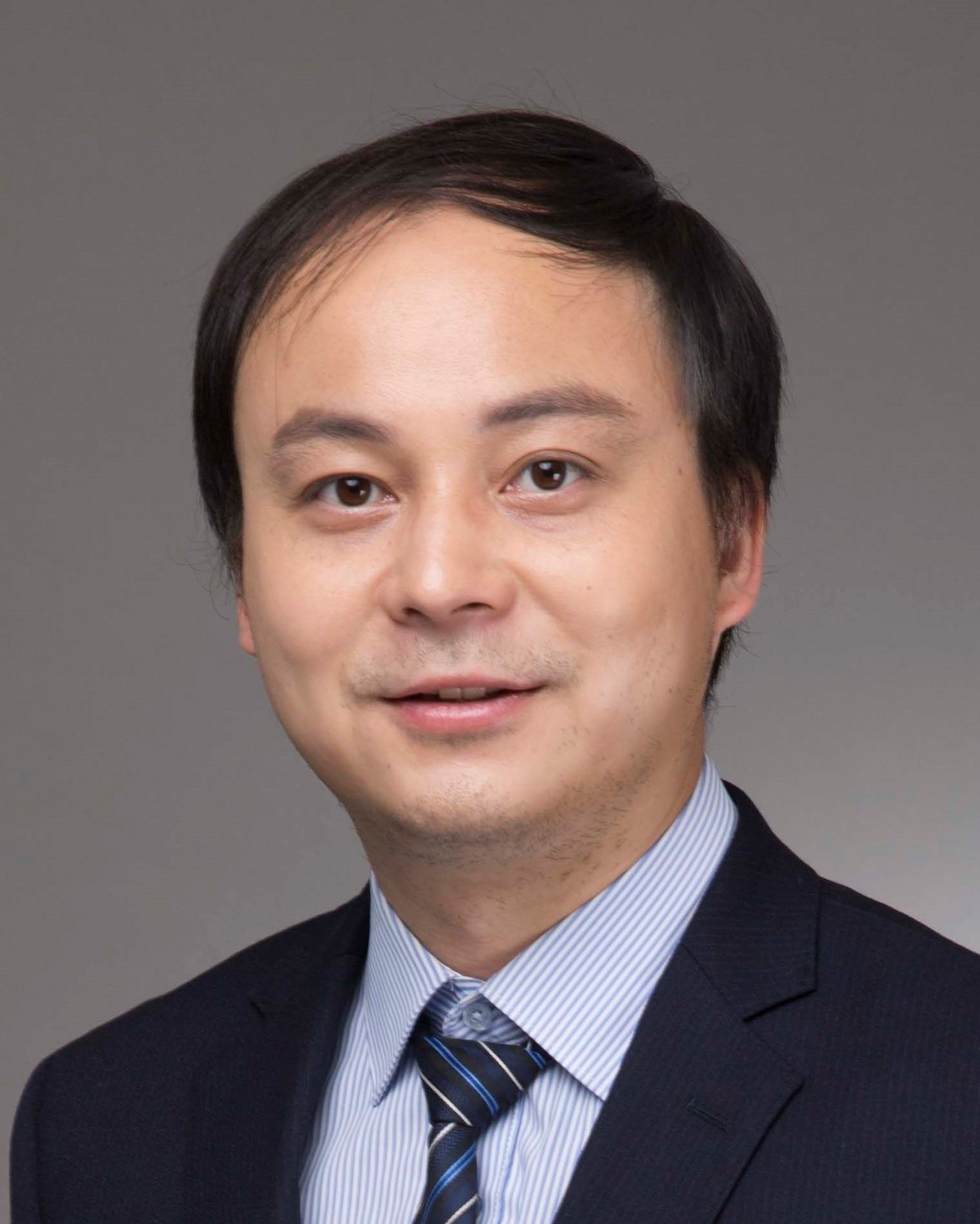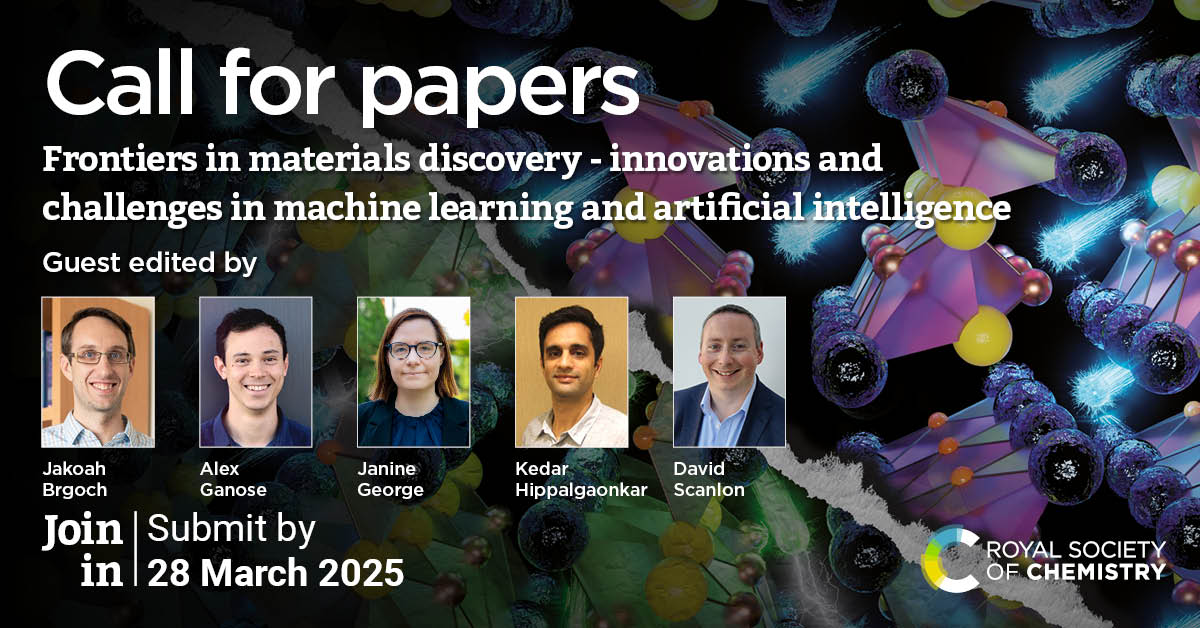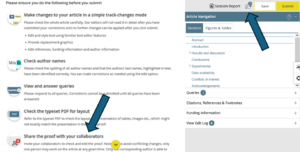Open Call for Submissions
We are delighted to announce this open call for papers to contribute to a themed collection for Journal of Materials Chemistry C on Newly emerged organic optoelectronics: materials and devices, guest edited by Professors Hao-Li Zhang (Lanzhou University, China), Wei Ma (Xi’an Jiaotong University, China), Liqiang Li (Tianjin University, China), and Zitong Liu (Lanzhou University, China).
Organic optoelectronics is a fascinating and rapidly evolving field. Recently, there have been significant advancements in both materials and devices, which find application in lighting, displays, photovoltaics, thermoelectrics, neural network computing, bioelectronics, flexible and wearable electronics, among others. Some of the key developments include: organic light-emitting diodes (OLEDs), organic circularly polarized luminescence (OCPL), organic solar cells (OSCs), organic photodetectors (OPDs), organic field-effect transistors (OFETs), organic electrochemical transistors (OECTs), perovskite optoelectronics, etc. The field is interdisciplinary, involving chemistry, physics, and materials science, and continues to push the boundaries of what’s possible with organic optoelectronic devices. This special issue highlights the newly emerged organic materials, and related electronic devices.
Please consider contributing to this open call for papers for our upcoming themed collection on Newly emerged organic optoelectronics: materials and devices to be published in Journal of Materials Chemistry C.
Submissions to the journal should contain chemistry in a materials context and should fit within the scope of Journal of Materials Chemistry C. Please see the journal’s website for more information on the journal’s scope, standards, article types and author guidelines.
This call for papers is open for the following article types:
- Communications
- Full papers
Open for Submissions until 11 May 2025
How to submit
If you would like to contribute to this themed collection, you can submit your article directly to the online submission service for Journal of Materials Chemistry C. Please mention that this submission is a contribution to the Newly emerged organic optoelectronics: materials and devices collection in the “Themed issues” section of the submission form and add a “Note to the Editor” that this is from the Open Call. The Editorial Office reserves the right to check suitability of submissions in relation to the scope of both the journal and the collection, and inclusion of accepted articles in the final themed issue is not guaranteed.
Please also note that all submissions will be subject to initial assessment and rigorous peer review to meet the usual high standards of Journal of Materials Chemistry C.
Guest Editors
Prof. Hao-Li Zhang received his B.Sc and Ph.D from Lanzhou University. He then worked in the University of Leeds and Oxford University as postdoc. In 2004, he was appointed as a full professor by the State Key Laboratory of Applied Organic Chemistry (SKLAOC) of Lanzhou University. Prof. Hao-Li Zhang’ research interests mainly include: organic functional materials for optoelectronic applications, ultrafast spectroscopy and nanoscale device. He has published more than 300 research papers on peer reviewed journals, with citation more than 15000. His academic reorganizations includes “Asian Raising Stars”, “National Science Fund for Distinguished Young Scholars”, Fellow of Chinese Chemical Society (FCCS) and Fellow of Royal Society of Chemistry (FRSC). He is currently an associate editor of J. Mater. Chem. C and Mater. Adv., and an editorial board member of Chem. Soc. Rev..
Prof. Wei Ma obtained his Ph.D. in chemical physics from the University of Pierre Marie Curie (Paris 6, France) in 2010 before moving to the Ecole Normale Superieure (Paris), France (2010-1011) and North Carolina State University (NCSU) as Postdoc Fellow. He joined the School of Materials Science Engineering at Xi’an Jiaotong University in 2014 as a professor. His research interests range from new design principles of organic optoelectronic devices, microstructure morphology characterization and control in organic semiconductors, and novel organic semiconductors with improved performance. Prof. Ma has published more than 400 research papers and reviews, including in Nat. Energy, Nat. Electron., Joule, Adv. Mater., Nat. Commun., Angew. Chem. Int. Ed. and other well-known journals in materials and chemistry. All papers have cited more than 38,000 times, enabling a high H factor of 92. Prof. Ma has been selected as a Clarivate Highly Cited Researcher (2018-2024). He is a leader of Science and Technology Innovation Team in Shaanxi Province and his research results have won the first prize Natural Science in Shaanxi Province. For details, please see the homepage website: https://gr.xjtu.edu.cn/en/web/msewma/home.
Prof. Liqiang Li, winner of National Science Fund for Distinguished Young Scholars, Vice Dean of School of Science and Institute of Molecular Aggregation Science, Tianjin University. He received his bachelor’s and master’s degrees from Nankai University in 2002 and 2005, and his doctorate degree from the Institute of Chemistry, Chinese Academy of Sciences in 2008. In the same year, he joined the Institute of Physics, University of Munster, Germany as a postdoctoral researcher. In 2014, he joined Suzhou Institute of Nano-Tech and Nano-Bionics, Chinese Academy of Sciences as a researcher. In 2019, he was transferred to Tianjin University. He has been engaged in organic field-effect transistor materials and devices, focusing on the stability of organic semiconductors, controlled doping and charge transport mechanisms. He published more than 90 articles on Nat. Mater. Adv., Mater. Sci. Adv., Nat. Commun., J. Am. Chem. Soc., Angew. Chem. Int. Ed., etc.
Prof. Zitong Liu received his B.Sc from Jilin University, and Ph.D from Institute of Chemistry Chinese Academy of Sciences (ICCAS). In 2020, he was appointed as a full professor by the State Key Laboratory of Applied Organic Chemistry (SKLAOC) of Lanzhou University. Prof. Zitong Liu’ research interests mainly include the design and synthesis of conjugated materials and their use in organic electronics. He has published more than 150 research papers on peer reviewed journals.


